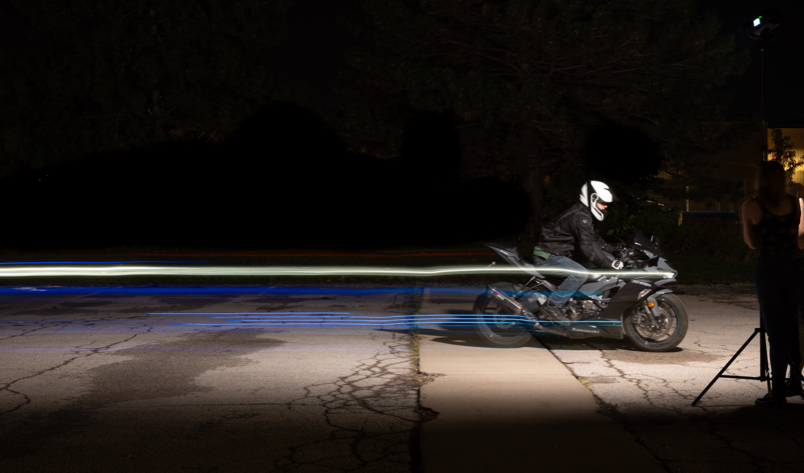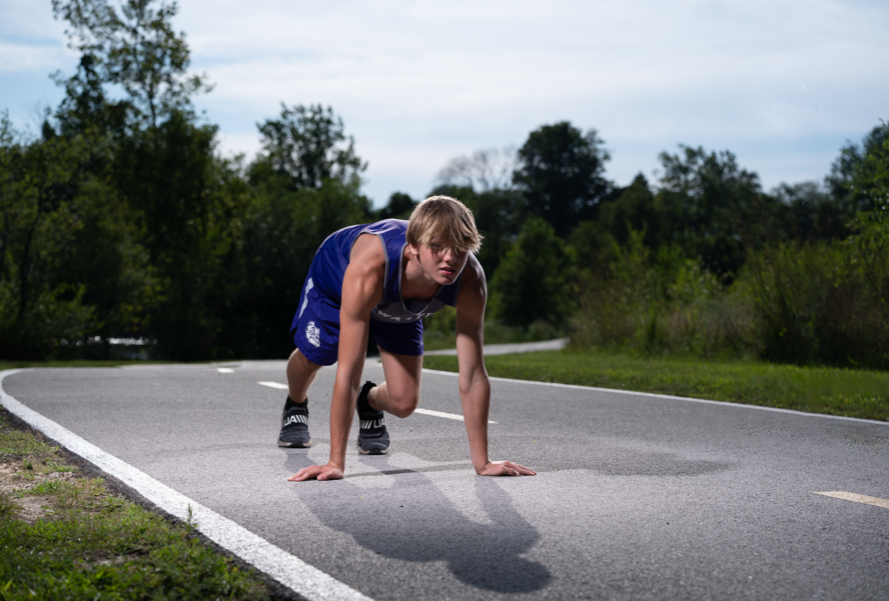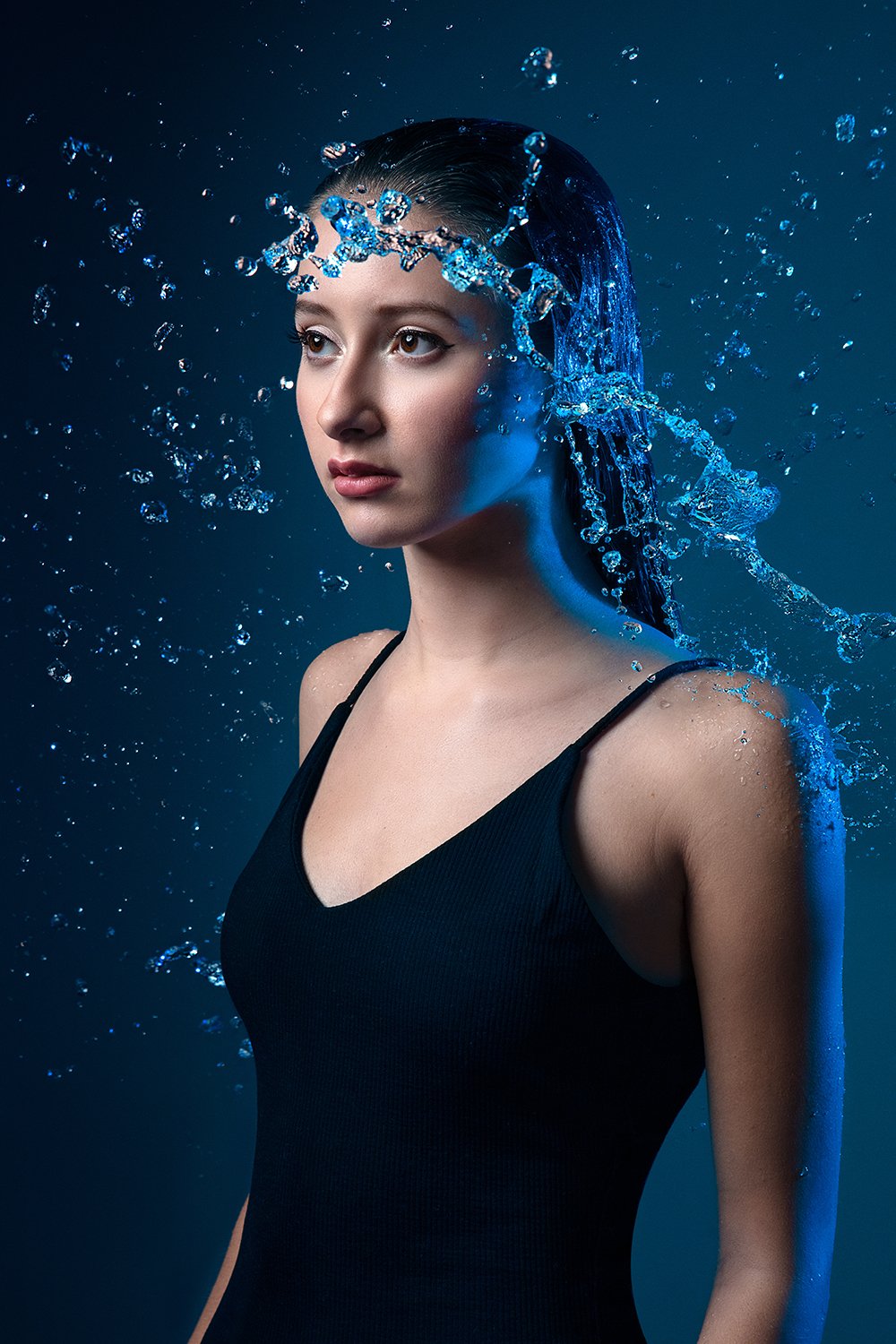What are the 3 Arrows on my Trigger, Strobe, and Speedlight?Updated 5 months ago
Topics on This Page
- What is first curtain sync and when should I use it?
- What is second curtain sync and how is it different?
- What is high-speed sync (HSS) and why would I need it?
- What is Freeze mode in flash photography?
What is Front-curtain sync, and when should I use it?
First curtain sync (also called front curtain) fires the flash at the start of the shutter opening, ideal for most everyday flash photography.


(3 Seconds f/16 ISO 200)
This mode is used by default in most flash systems, including the Westcott FJ400 and FJ400 II, FJ800, FJ200, and FJ80-series speedlights. The flash fires the moment the shutter opens, which freezes motion at the beginning of the exposure. It's ideal for still subjects or when motion blur isn't a concern.
If you're shooting portraits, product photography, or events where ambient motion trails aren't desired, first-curtain sync is appropriate.
To enable Front curtain sync with compatible FJ triggers, select the rear curtain icon by pressing the Sync/Mode button. Note that your camera must also support rear curtain sync and have it enabled.
What is Rear-curtain sync, and how is it different?
Rear-curtain sync (also called Second-curtain sync) fires the flash at the end of the shutter, capturing motion trails behind the subject, not in front.


(3 Seconds f/16 ISO 200)
This mode is often used for creative effects in low-light situations where you want to combine ambient motion blur with a sharp subject. It works well for things like dancers, car light trails, or motion effects where directionality matters.
To enable second curtain sync with compatible FJ triggers, select the rear curtain icon by pressing the Sync/Mode button. Note that your camera must also support rear curtain sync and have it enabled.
What is high-speed sync (HSS), and why would I need it?
High-speed sync (HSS) lets your flash work with shutter speeds faster than your camera’s normal sync speed—perfect for shooting wide open in bright light.


(1/2500 f/4 ISO 100)
Most cameras have a sync limit between 1/200 and 1/320 a second. HSS pulses the flash rapidly to expose the frame evenly at faster shutter speeds—up to 1/8000s, depending on your camera. Use it when shooting outdoor portraits with wide apertures (like f/1.8) where fast shutter speeds are needed to avoid overexposure.
What is Freeze mode in flash photography?
Freeze mode produces ultra-short flash durations to freeze high-speed motion—ideal for splashes, drops, or fast-moving subjects.


(1/200 f/11 ISO 1250)
This mode is available only in Manual mode and reduces flash duration to minimize motion blur with fast moving subjects. For instance, the FJ800 can achieve a t0.5 flash duration up to 1/25,000s in Freeze. This is much faster than standard sync or even HSS and better suited for stopping motion mid-air.
To activate Freeze, switch your strobe to manual, enter the settings menu on your Trigger/Host, and enable Freeze. Keep in mind that lower power settings result in faster flash durations.